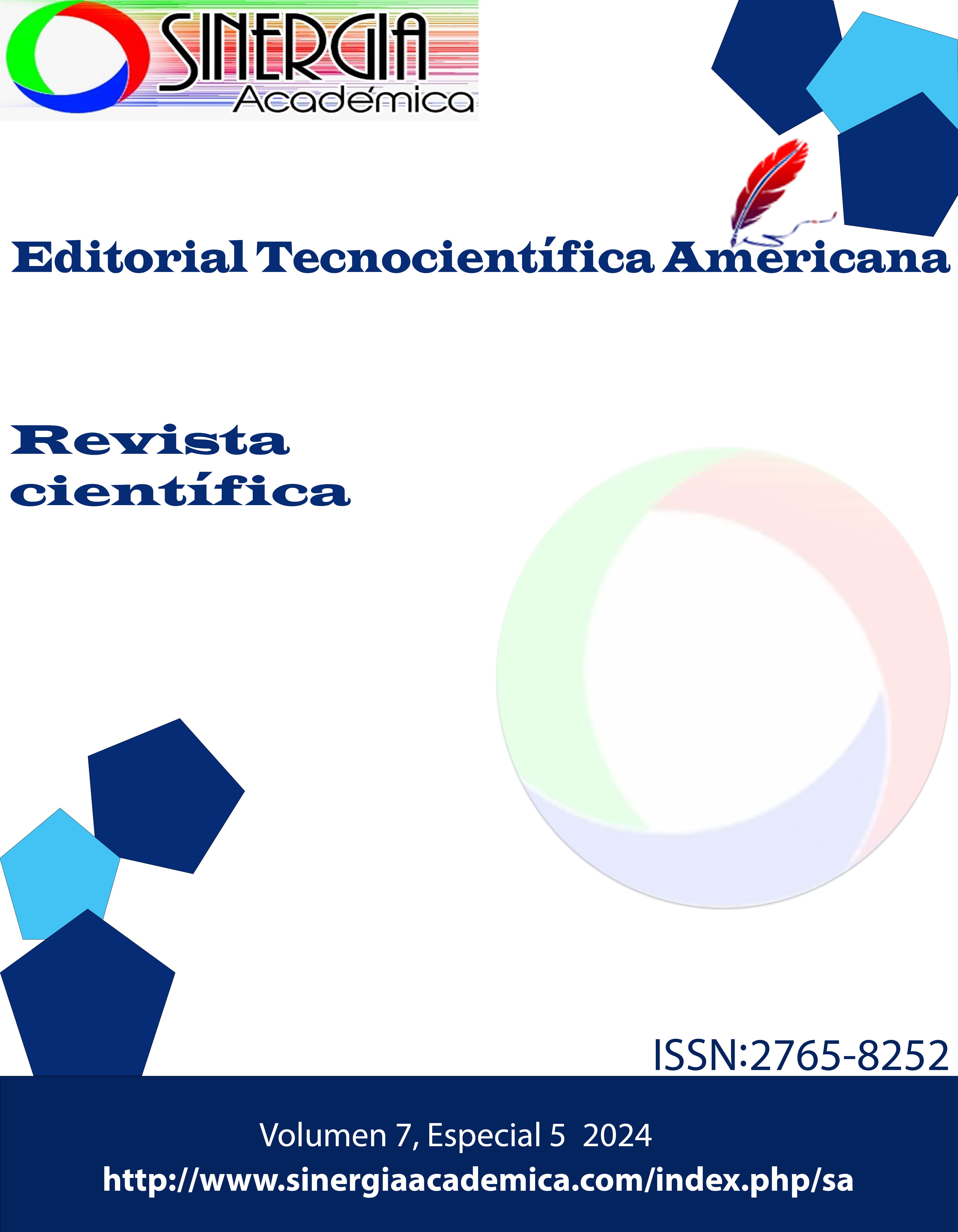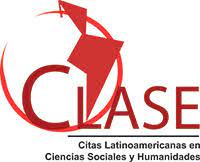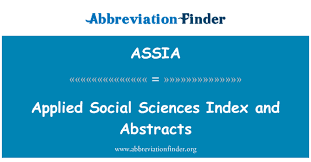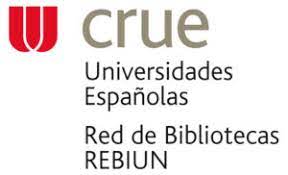Estrategia basada en el ábaco japonés para potenciar el aprendizaje de sumas y restas en el subnivel elemental
DOI:
https://doi.org/10.51736/me5t2g52Palabras clave:
aprendizaje, matemáticas, ábaco japonés.Resumen
Mejorar la comprensión de las operaciones básicas en el proceso de enseñanza-aprendizaje de matemática de los estudiantes en sus primeras edades, ínsita a la búsqueda de estrategias de aprendizaje. El presente artículo parte de identificar dificultades en el aprendizaje efectivo de las operaciones básicas de sumas y restas por parte de los estudiantes del subnivel elemental, por lo que se propone como objetivo socializar una estrategia basadas en el uso del ábaco japonés para potenciar el aprendizaje en sumas y restas por los estudiantes del subnivel elemental, en el proceso de enseñanza de matemática en la escuela multigrado Dr. Carlos Reyes Andrade, durante el periodo lectivo 2023-2024. Para ello, se aplicaron métodos teóricos como el histórico-lógico, análisis-síntesis, la modelación y el sistémico estructural funcional; y métodos empíricos como el análisis de documentos, la observación, la prueba pedagógica y la encuesta, las que permitieron caracterizar y contextualizar la población de 19 estudiantes y dos docentes de la mencionada institución educativa en Ecuador. La información procesada determinó que los contenidos relacionados con la suma y la resta en el subnivel elemental, no ha sido tratado adecuadamente. Como principal resultado del artículo se presenta una estrategia en cuyo diseño se proponen acciones en función del uso del ábaco japonés como una herramienta ideal para aprender matemáticas, específicamente la suma y resta por parte de los estudiantes del subnivel elemental.
Descargas
Publicado
Número
Sección
Licencia
Derechos de autor 2024 Sinergia Académica

Esta obra está bajo una licencia internacional Creative Commons Reconocimiento-NoComercial-CompartirIgual 3.0.
















